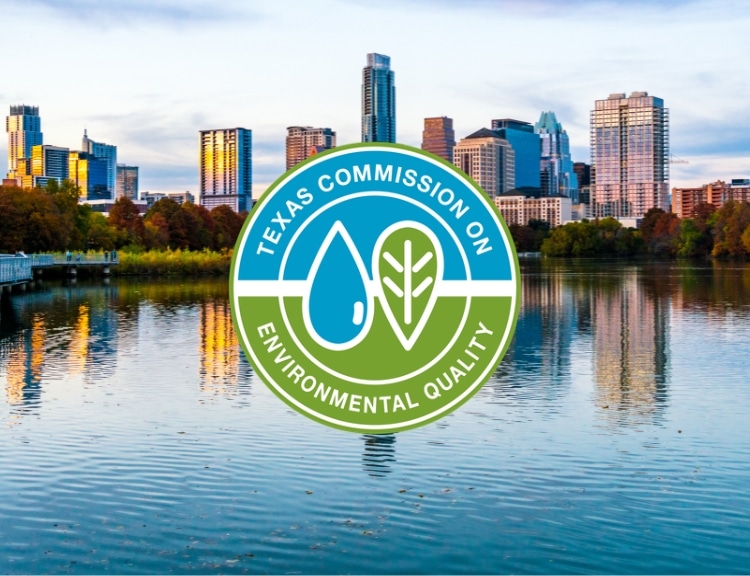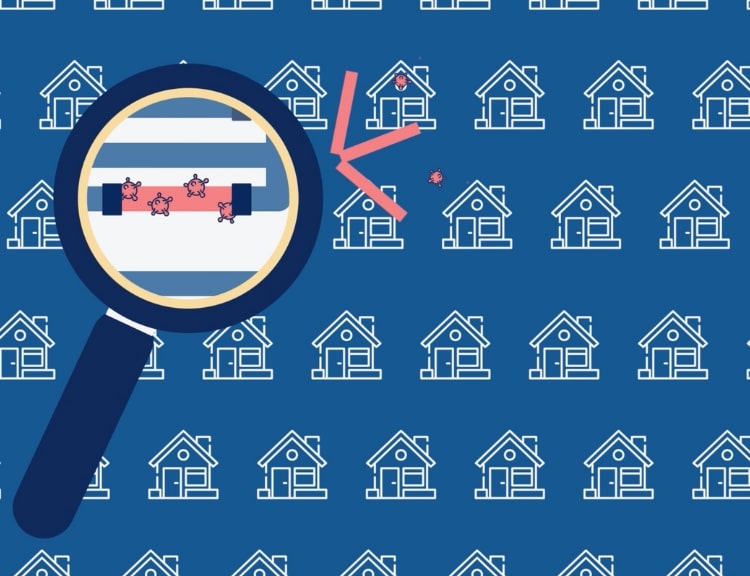On July 20, 2022, community groups, Buffalo Water, and environmental organizations, and BlueConduit announced a project to map and remove lead service lines in Buffalo, New York. BlueConduit is proud to power the data science and platform for the effort. Watch the full recording.
Project participants and speakers at the event:
- Stephanie Simeon from Heart of the City Neighborhoods and Buffalo resident
- Rosemary Rivera from Citizen Action of New York
- Franchelle C.H. Parker from Open Buffalo and Buffalo resident
- Oluwole (OJ) McFoy, General Manager Buffalo Sewer Authority
- Sheela Lal from BlueConduit
- emcee: Yuwa Vosper from WE ACT for Environmental Justice
Elected officials:
- Representative Paul Tonko provided a video
- Courtney Ball spoke on behalf of Senator Kirsten Gillibrand
- Congressman Brian Higgins
Behind the scenes key contributors:
- NRDC
- Google.org provided funding (more on the grant).
Watch here, and read more about the effort.
Video: Buffalo Lead Service Line Removal Press Conference
Quotes from the Event Transcript
“Everyone should be able to keep their home safe from health risks, yet thousands of New Yorkers and their families are dealing with the tragic consequences of lead poisoning in their homes”
Senator Kirsten Gillibrand (4:40)
“I don’t have to go into details about how high lead levels… And no lead levels are really acceptable. Even children exposed to low levels of lead experience health problems, social emotional problems, are at risk of reduced cognitive functioning. And data shows that black and brown children, as well as children in extreme poverty, are disproportionately impacted by the crisis.”
Rosemary Rivera (18:00)
“Lead poisoning is a racial justice issue. Studies that analyze data on childhood lead poisoning in New York, estimate that children of color are more than twice as likely to be lead poisoned than white children, and make up two thirds of children who have already been diagnosed as lead poisoned. We are going to need community partners to work with us, and Blue Conduit to find these pipes, ensure that we’re working towards the full replacement of them, and learn to protect ourselves in the meantime. When we get the lead out of our water system, we have safer, healthier housing for families. We have safe, clean, lead-free water. That creates a healthy environment. We want to create communities where it is a joy to breathe and to live in, and to be able to drink water. Water is life.”
Rosemary Rivera (18:37)
“We continue to build and refine our data-centric, environmental, justice-focused computer model that we use here in Buffalo, and we are excited to add Blue Conduit’s sector-leading work to our efforts. And while our public records are often dated, being from homes when they are originally built and connected to our public system, we see this inventory work as the next opportunity. Frankly, our records indicate that we have nearly 40,000 lead and/or partial-lead service lines in our community. That’s 40,000. Now we have a cohort of partners that are all focused on engaging and educating our community to identify those in-home lead service lines, a cohort of partners that bring a different level of community, a different level of trust, and we are hoping for a different level of success.”
Oluwole McFoy, Chairman of Buffalo Water (25:18)
“The fact the matter is, over the past 40 years, we’ve spent billions of dollars cleaning up our waterways, our lakes, our rivers, our wastewater treatment facilities, and yet the scourge of lead pipes carrying fresh water into a residential home is still with us. And it’s a problem that’s pervasive, and hopefully we can get a handle on it. The City of Buffalo has initiated to replace old lead lines prior to the pandemic, but through the pandemic, and the American Rescue Plan, there are millions of dollars available to older communities like Buffalo, $115 million to New York State alone, from which our sewer authority in Buffalo, and our mayor, are going to accelerate the rate of replacing old lead lines.”
Congressman Brian Higgins (34:27)
Learn More about Lead Service Line Removal in Buffalo
- Read the press release about the launch in Buffalo
- See the press coverage of the Buffalo launch
- Read about the Google.org grant funding the work
- See how BlueConduit’s LSLI and LSLR platform works





